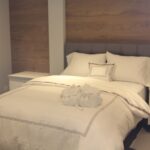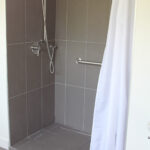Polysomnography test results
A single polysomnography is sufficient to assess the patient’s sleep and detect any underlying sleep disorders.
Polysomnography measures :
- Different sleep cycles
- muscle movements
- Frequency of apneas during the night
- Frequency of hypopnea
Sleep specialists use polysomnography to determine an index of sleep apnea or hypopnea measured during the sleep cycle. An index equal to 5 or less is considered normal.
If the score is greater than 5, the patient is identified as having sleep apnea:
- between 5 and 15, sleep apnea is considered mild.
- between 15 and 30, sleep apnea is considered moderate.
- greater than 30, sleep apnea is considered severe.




